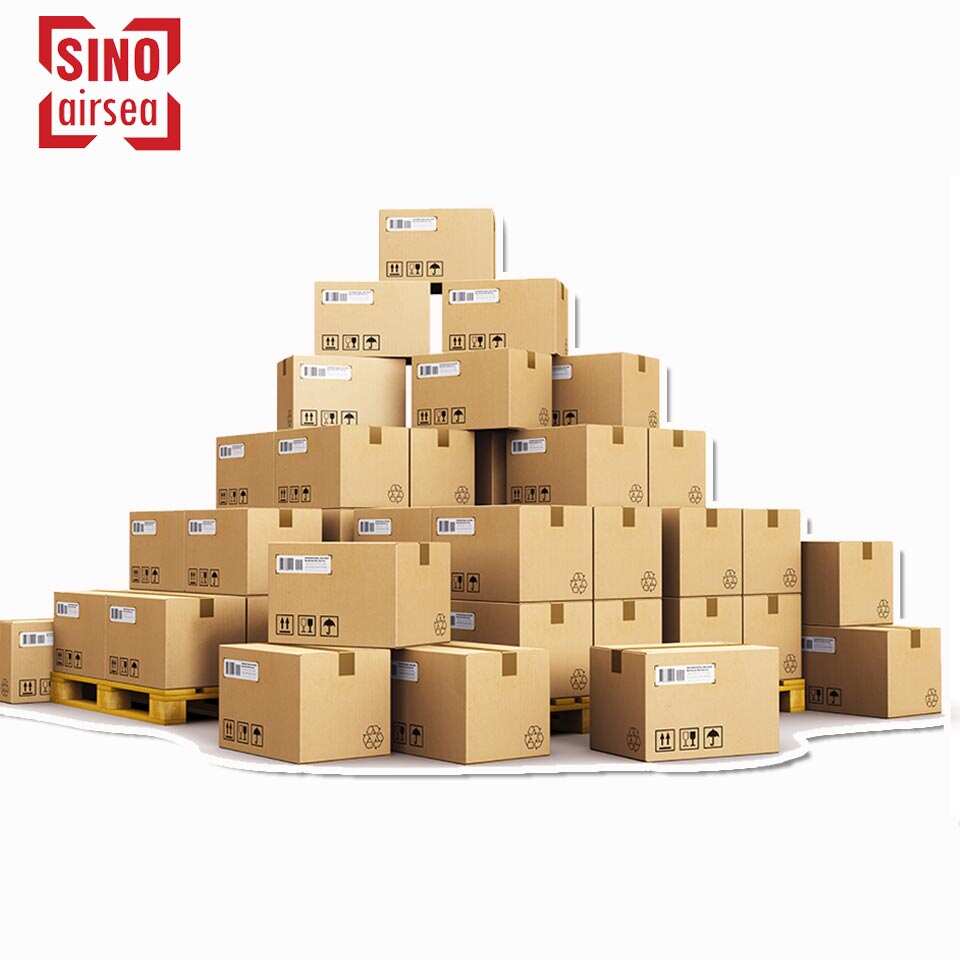Understanding FCL Railway Transportation: A Comprehensive Guide for Global Logistics
In today’s globalized world, businesses seek efficient and cost-effective solutions for transporting goods across long distances. FCL (Full Container Load) railway transportation offers an innovative and sustainable method to move large quantities of goods, especially for international trade. This post will dive deep into the concept of FCL railway transportation, its benefits, and its role in modern logistics.
The Basics of FCL Railway Transportation
FCL refers to the transportation of goods in a full container by rail. Unlike LCL (Less than Container Load), where goods from different shippers are grouped together, FCL means that an entire container is dedicated to a single shipment. This makes it a popular choice for bulk shipments, offering several logistical advantages, including reduced costs and time savings.
The Role of FCL Railway Transportation in Global Trade
FCL railway transportation plays a crucial role in global trade, providing a reliable and economical option for transporting goods across continents. This method of transportation is particularly important for countries with well-developed rail networks, as it enables businesses to reach markets faster and more efficiently. Moreover, the containerized nature of FCL shipments allows for the easy transfer between different modes of transport (i.e., from rail to sea or road), creating a seamless and integrated supply chain.
Benefits of Choosing FCL Railway Transportation
- Cost-Effectiveness: For large shipments, FCL offers more competitive rates than smaller shipping methods like air freight.
- Speed: FCL rail shipments can be faster compared to other forms of bulk transportation, especially when combined with optimized rail routes.
- Security: Containers are sealed and monitored, which provides a higher level of security against theft or damage.
- Environmentally Friendly: Compared to air transport, rail is a more sustainable option, contributing to reduced carbon footprints.
Key Factors to Consider When Using
FCL Railway Transportation While the railway transportation offers numerous benefits, businesses must consider several factors before choosing it as their preferred shipping method:
- Shipping Route: It is essential to ensure that the railway network covers the required route, which may include access to ports or inland destinations.
- Cost vs. Volume: FCL is ideal for large shipments, but companies with smaller shipments may find LCL more suitable.
- Transit Time: Depending on the distance, the time required for FCL railway transport may vary.
How FCL Railway Transportation Integrates with Other Modes of Transport
In many cases, businesses opt for multi-modal transport, combining the railway transportation with sea and road transport. This strategy enhances efficiency, allowing for smooth transitions between various transportation methods. For example, containers might be loaded onto trains for the long-haul journey and transferred to ships at ports for international shipping.
The Future of FCL Railway Transportation: Innovation and Advancements
As the global economy grows, the demand for faster, cheaper, and more sustainable transportation solutions continues to rise. The future looks promising, with advancements in technology such as digitalization, automation, and improvements in rail infrastructure. Moreover, initiatives to reduce the environmental impact of transport will make railway solutions even more appealing to businesses looking to cut down their carbon footprints.
Challenges in FCL Railway Transportation
Despite its many advantages, the railway transportation is not without its challenges:
- Infrastructure Limitations: Not all regions have the same level of rail infrastructure, which may limit the availability of FCL services.
- Complex Customs Procedures: International shipments often require navigating complex customs regulations, which can cause delays.
- Weather and Environmental Factors: Rail transport is susceptible to weather conditions, especially in areas prone to extreme climates.
Choosing the Right FCL Railway Transportation Provider
When selecting a provider for the railway transportation, businesses must evaluate several factors:
- Experience and Reputation: A reputable provider with experience in global logistics is key to ensuring smooth operations.
- Cost-Effectiveness: Ensure that the pricing structure is transparent and competitive.
- Customer Service and Support: A reliable provider will offer continuous support throughout the shipment process, including tracking, issue resolution, and guidance on international regulations.
Real-World Case Studies: How Companies Benefit from FCL Railway Transportation
FCL railway transportation has helped many companies move their goods more easily. For example, big retailers use FCL rail services to send products from China to Europe. This method helps them move large amounts of goods faster and at a lower cost than air shipping. It also helps the environment because it produces less pollution than air transport.
Another example is companies that send raw materials from Central Asia to Europe. With the railway transportation, they save time and money by using one full container for the entire shipment. This method also makes sure the goods arrive safely and on time, so the companies’ supply chains run smoothly.
Businesses that use the railway transportation can move their goods faster, cheaper, and more securely. This makes it a good choice for companies that want to improve their shipping process.

Conclusion: Why FCL Railway Transportation is the Future of Global Logistics
FCL railway transportation offers a reliable, cost-effective, and sustainable solution for companies shipping large volumes of goods across long distances. As logistics continue to evolve, FCL rail services will play an increasingly important role in shaping the future of global trade.


